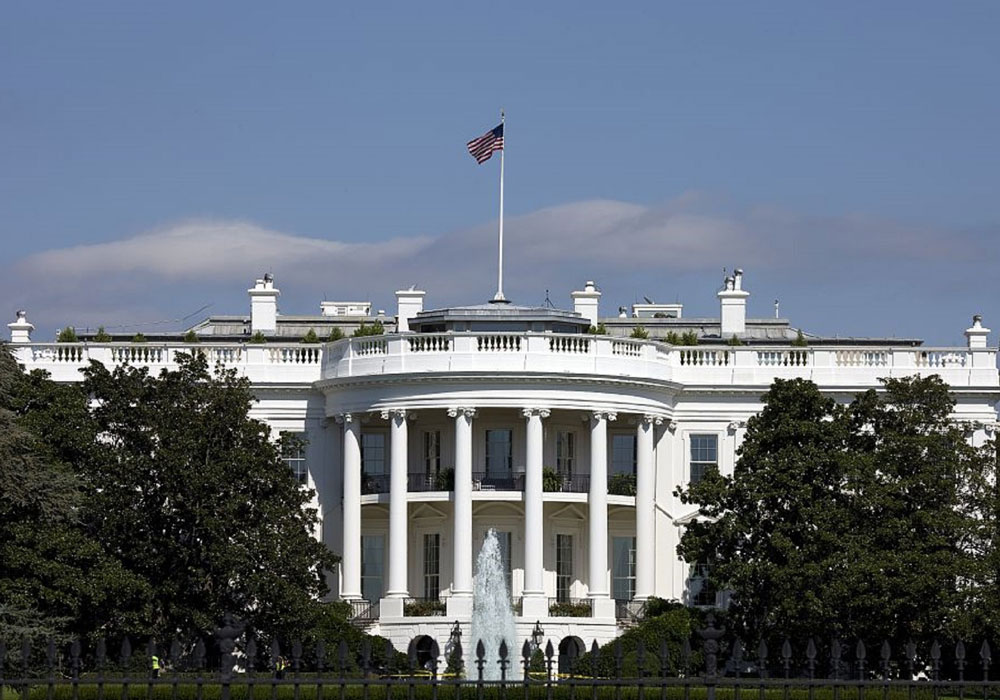The Biden administration’s American Rescue Plan (APR) is the largest, single piece of legislation focused on economics since Franklin D. Roosevelt proposed in his New Deal programs to pull the United States out of the Great Depression. Sweeping in scope, two of APR’s goals are to make health care accessible for all and to create formal plans for addressing racial disparities.
About 14.9 million Americans lack medical insurance, but APR expands the number of people eligible to save money on their healthcare premiums.
“APR reduces the cost of healthcare coverage for nine million consumers currently receiving financial assistance by ensuring eligible consumers for premium tax credits have at least a couple plans to choose from that won’t cost more than 8.5% of their household income on their Marketplace plan premium per year,” the U.S. Department of Health and Human Services Press Office stated.
APR also addresses racial health inequities by expanding coverage and reducing costs during the pandemic and beyond for historically uninsured communities—especially those that face significant health disparities.
-
48,000 uninsured American Indians and Alaskan Natives will be newly eligible to save money on health care coverage and 21,000 will be eligible for zero-dollar benchmark Marketplace plans.
-
730,000 uninsured Latinos will be newly eligible to save and 580,000 will be eligible for zero-dollar benchmark plans.
-
360,000 uninsured Blacks and African Americans will be newly eligible to save and 328,000 will be eligible for zero-dollar benchmark plans.
-
197,000 uninsured Asians, Native Hawaiians, and Pacific Islanders will be newly eligible to save and 50,000 will be eligible for zero-dollar benchmark plans.
The Biden-Harris administration is further expanding access to health insurance coverage and implementing community-based programs that address social determinants of health. Get involved in ONS’s health policy efforts to advocate for your patients at the local, state, and national levels.






